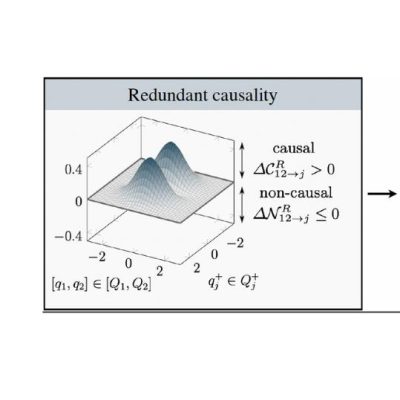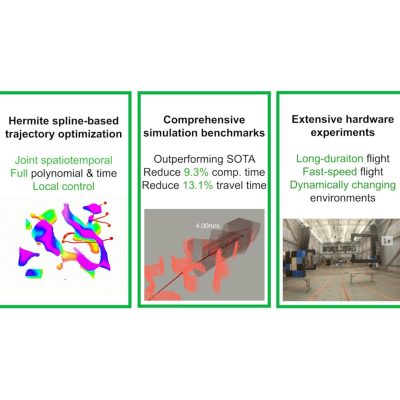
Near-zero environmental impact aircraft
A new paper from researchers in the Laboratory for Aviation and the Environment (LAE) is the cover story of this month’s Sustainable Energy and Fuels, a journal from the Royal Society of Chemistry.
Emissions from aviation have an impact on global climate change and surface air quality. Maintaining the growth of aviation along with its benefits to society while simultaneously reducing the impact it has on the environment is the biggest challenge faced by the aviation industry. It is also one of the toughest climate change challenges to solve more broadly.
Several companies and industry consortiums have adopted resolutions to decarbonize aviation by 2050. However, these goals only target reduction of CO2 emissions to net-zero, while the total climate impact of aviation (including the emission incurred in the lifecycle of producing the fuel) are estimated to be twice the climate impact of in-flight emissions of CO2. Furthermore, the air quality impacts of aviation (that constitute approximately a third of aviation’s total environmental impact) do not feature in current targets either. In order to fully mitigate the impact of aviation on the environment, solutions need to simultaneously address the climate and air quality aspects — not just CO2.
“Near-zero environmental impact aircraft” proposes an aircraft-energy system that simultaneously addresses both aviation’s climate and air quality impacts, taking a lifecycle perspective across fuels, aircraft design, and operation, defining such an aircraft as having net-zero climate impacts and a 95% or greater reduction in air quality impacts relative to today. The researchers estimate that the proposed pathway can reduce the combined climate and air quality impacts by 99%, with operating costs that are likely very manageable for the industry.
“We think that making the case with robust technical analysis that a near-zero impact aircraft is indeed possible will be an important ambition setter for the industry, which today is considering only about a third of the problem,” says lead author Prashanth Prakash, a research scientist in LAE. “Indeed, we show that it is both technically and economically feasible. It also shows for the first time a specific way this can be achieved.”

